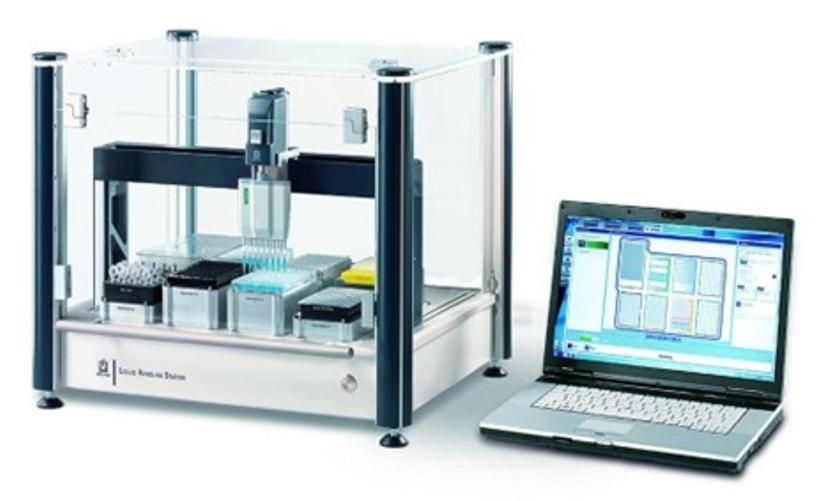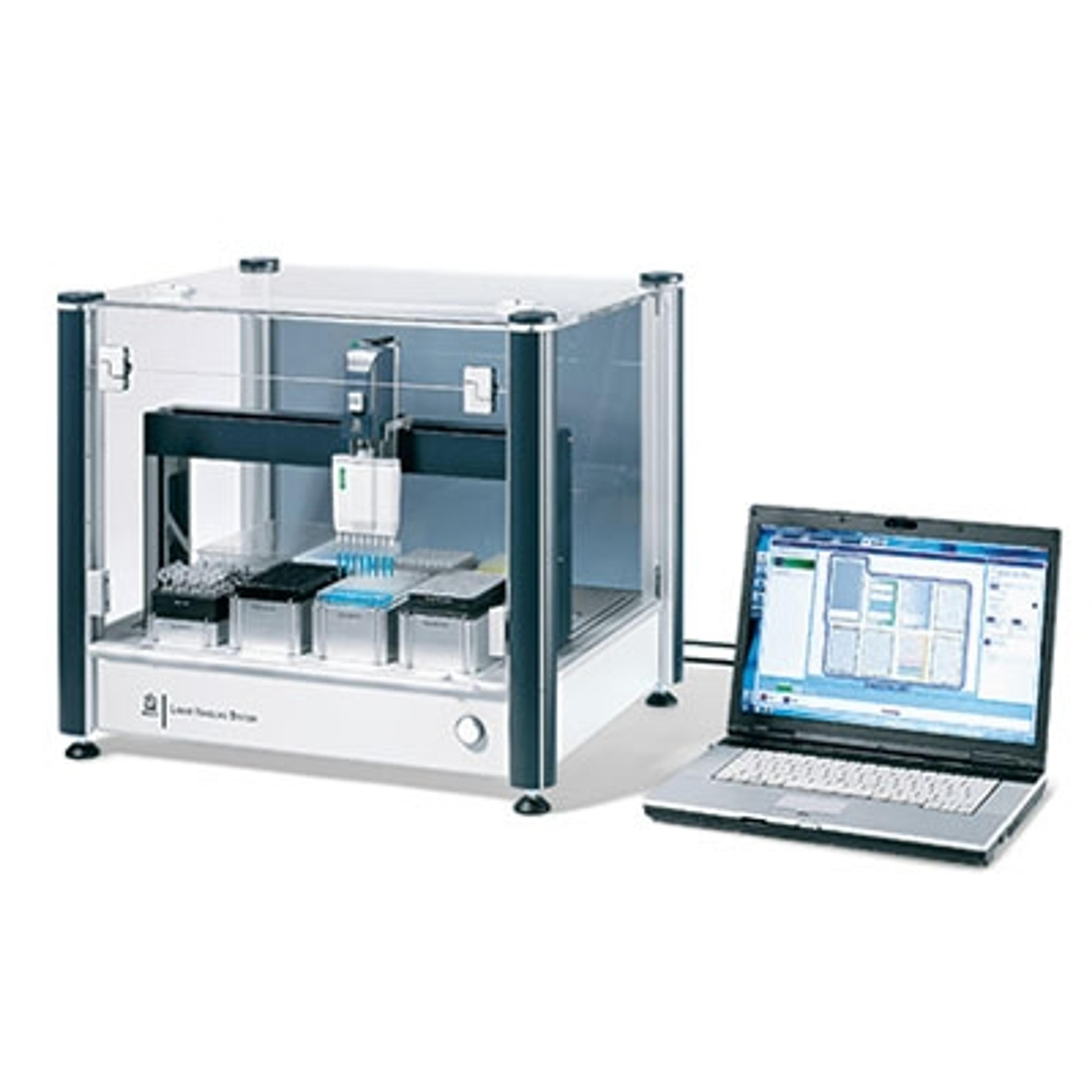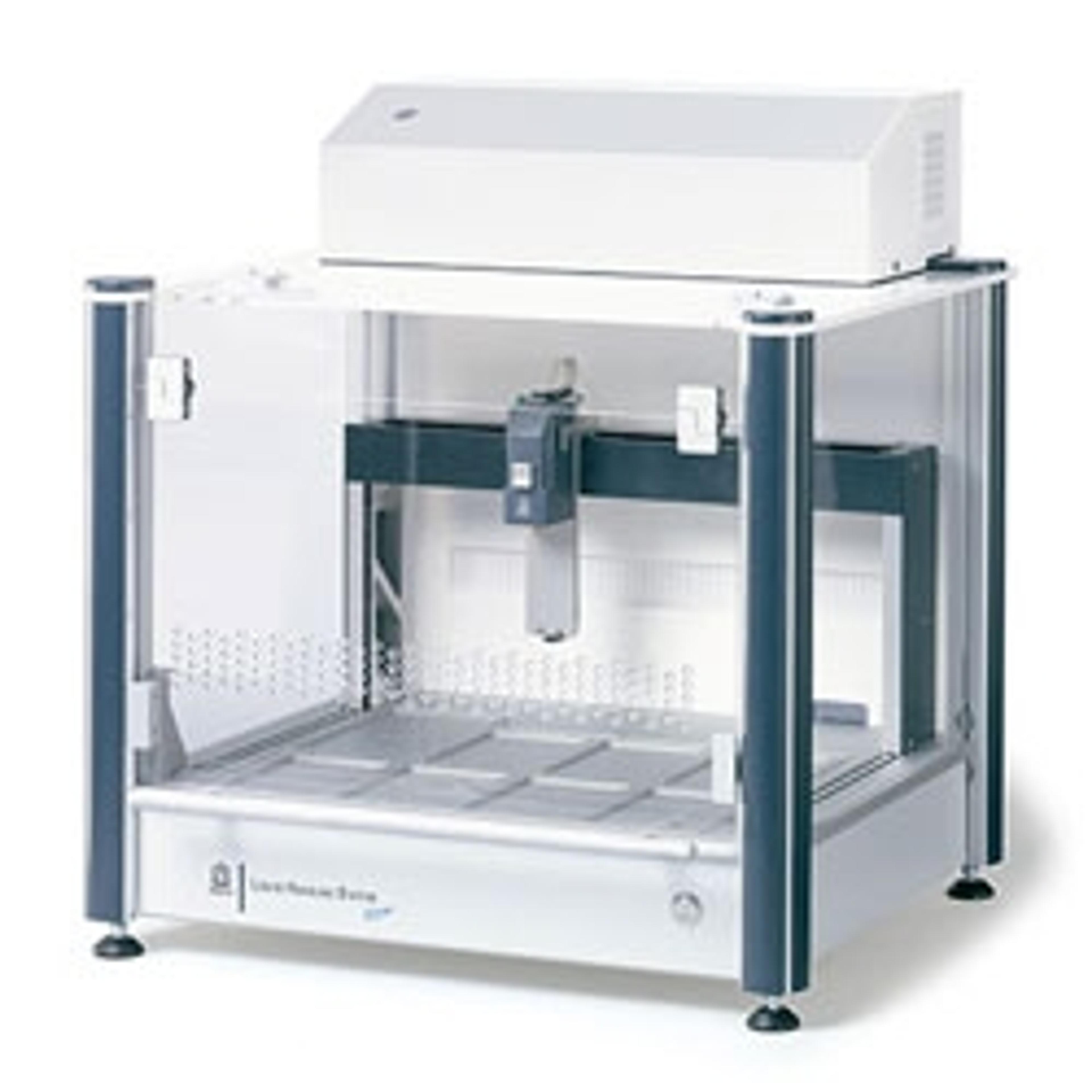Rethinking ELISA pipetting routines in small-scale labs
The bottlenecks of manual ELISA are well known, but modern liquid handling tools offer a practical way to fix them
2 Sept 2025
ELISA has become one of the most widely used techniques in molecular biology and clinical diagnostics due to its sensitivity, scalability, and standardization. From academic labs to biotech startups, ELISA plays a central role in everything from biomarker discovery to quality control testing. However, its popularity also highlights a critical bottleneck: the time and labor required to carry it out manually.
Running a successful ELISA typically involves a series of tightly coordinated pipetting steps, including reagent additions, serial dilutions, incubation phases, and stop solution additions, often across multiple 96 well plates. These workflows demand consistency and precision, especially when the results influence downstream decisions. The repetitive nature of these protocols also introduces significant opportunities for human error, variation between users, and even physical fatigue. This is especially problematic in academic and small lab environments where manual pipetting is often the default.
Although lab automation has existed for decades, its benefits have largely been concentrated in well-funded environments. For smaller labs, automation has long felt inaccessible due to barriers in cost, training, space, and system complexity. Now, however, a new generation of compact, affordable, and intuitive liquid handling systems is challenging that assumption, particularly for high-precision workflows like ELISA.
What makes ELISA a candidate for simple automation?
ELISA is a prime example of a workflow that can benefit dramatically from even modest automation. It typically involves repeated pipetting steps performed in a defined sequence and timing window. For example, the protocol might require the user to dispense equal volumes of substrate into 96 wells, wait precisely 20 minutes, and then add a stop solution to all wells within a narrow time frame. Consistency across plates and between runs is essential for reliable quantitative results.
A 2024 study in the Journal of Pharmaceutical and Biomedical Analysis1 described the development and validation of a fully automated ELISA assay for therapeutic antibodies. It reported similar or better precision and accuracy versus the manual method after adjusting critical parameters for automation. This demonstrates that automation can closely match manual performance while reducing variability.
Barriers to automation in smaller labs
Despite the documented benefits of automation, many labs remain hesitant to adopt it. Budget constraints are the most obvious factor. For labs operating on grant cycles or tight commercial margins, investing in a high-end robotic system can seem impractical or even unjustifiable. However, there are deeper systemic issues as well.
Some of the reluctance stems from the perceived complexity of automation platforms. Historically, liquid handling robots were designed for pharmaceutical production or high-throughput screening, requiring technical expertise to set up and operate. For researchers without a background in automation engineering or scripting, these systems are often intimidating.
Space is another real limitation. Most small labs do not have room for large enclosures, nor can they afford to allocate an entire bench to a dedicated system. If a robot cannot easily switch between workflows or be used across projects, it becomes a sunk cost.
Compact systems designed for flexibility
This is where newer platforms like the BRAND Liquid Handling Station (LHS) from BRANDTECH® Scientific offer a practical alternative. Instead of replicating the scale and complexity of industrial robots, systems like the LHS are built to be flexible, compact, and usable by researchers with or without automation experience.

The BRAND Liquid Handling Station pipetting robot is designed to handle routine tasks at high speed and with high precision
The LHS features seven working positions and can accommodate both single and multichannel pipetting, with volume ranges up to 1000 µL. Its intuitive software interface removes the need for programming knowledge, allowing users to quickly design and simulate ELISA workflows before execution. Tasks such as reagent additions, plate washing setups, and serial dilutions can all be automated with minimal setup time.
For labs that need to maintain sterility during pipetting, the Liquid Handling Station flow model includes a built-in laminar flow box, creating a particle and microorganism-controlled environment that replaces internal air volume 260 times per hour. This extends the system’s utility into sensitive applications like cell culture or pathogen detection.
Long-term gain through reduced error
One of the most compelling benefits for basic lab automation is the long-term cost benefit. Manual pipetting does not just consume time; it introduces costly variability. Repeating an ELISA plate due to a pipetting error can waste valuable reagents, samples, and staff hours. Moreover, inconsistency in early-stage R&D assays can affect downstream experimental design, ultimately slowing project timelines.
Over time, the impact of consistent pipetting accuracy becomes more visible. In many labs, small inconsistencies introduced through manual workflows accumulate across plates, batches, and weeks. This can affect data comparability, especially in high-sensitivity assays like ELISA. By automating these tasks, labs reduce the variability introduced by human techniques, helping ensure tighter plate-to-plate consistency and more confidence in borderline results.
Reducing physical strain on staff is another advantage, especially in labs running repetitive, multistep protocols daily. This kind of shift reflects a broader industry trend. For example, Jackson ImmunoResearch automated its antibody functionality ELISA using the BRAND Liquid Handling Station and achieved near-identical results to manual preparation, while reducing technician workload and repetitive strain. These kinds of improvements are rarely dramatic on day one, but they steadily add up to a more stable and efficient workflow.
Adaptability for evolving workflows
Unlike traditional automation systems that are often tailored for one high-throughput process, flexible workstations like the LHS are designed for adaptability. The same system used for ELISA setup can be reconfigured for PCR prep, microplate replication, or DNA normalization simply by adjusting the deck layout and software protocol. This flexibility is particularly important in environments where research priorities shift frequently, and equipment needs to serve multiple roles.
For example, a lab working on protein biomarker discovery may start with ELISA, move into qPCR validation, and eventually transition to sample preparation for proteomics, all within the same year. With a multi-use platform, labs can build automation capacity without locking themselves into a narrow set of applications.
Lowering the threshold for adoption
The question for many small labs is no longer whether automation is worthwhile, but whether it is feasible without overextending budgets or resources. Systems like the LHS are demonstrating that it is not only feasible, but also increasingly necessary. As labs face growing pressure to generate reproducible data faster and with fewer resources, adopting compact automation tools offers a clear path forward.
BRANDTECH® Scientific offers method development assistance, simulation previews, and ROI comparisons to help labs assess the true cost benefit of automation. Training is included with purchase, ensuring that teams can integrate automation with confidence and minimal disruption.
Automation in small labs no longer has to be a leap of faith. With thoughtful design and accessible tools, it can be a practical step that opens up new possibilities for efficiency, consistency, and scientific focus.
Watch an automated ELISA workflow in action here:
References
1. Rey, G., Schuetz, F., Schroeder, D., Kaluschke, C., Wendeler, M.W., Hofmann, I., Dumbliauskas, E. and Obrdlik, P., 2024. Automated ELISA for potency measurements of therapeutic antibodies and antibody fragments. Journal of Pharmaceutical and Biomedical Analysis, 245, p.116141. https://doi.org/10.1016/j.jpba.2024.116141


